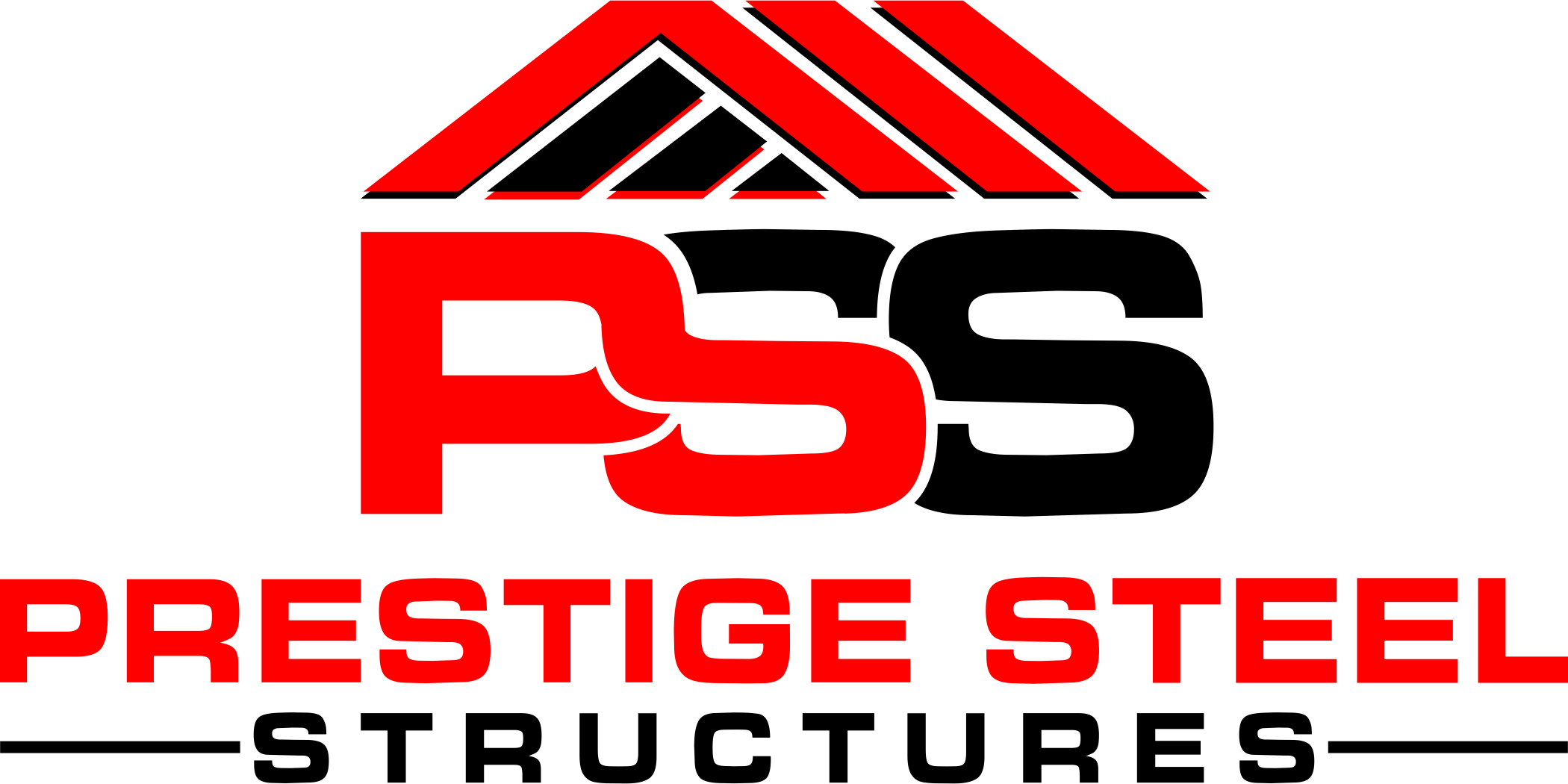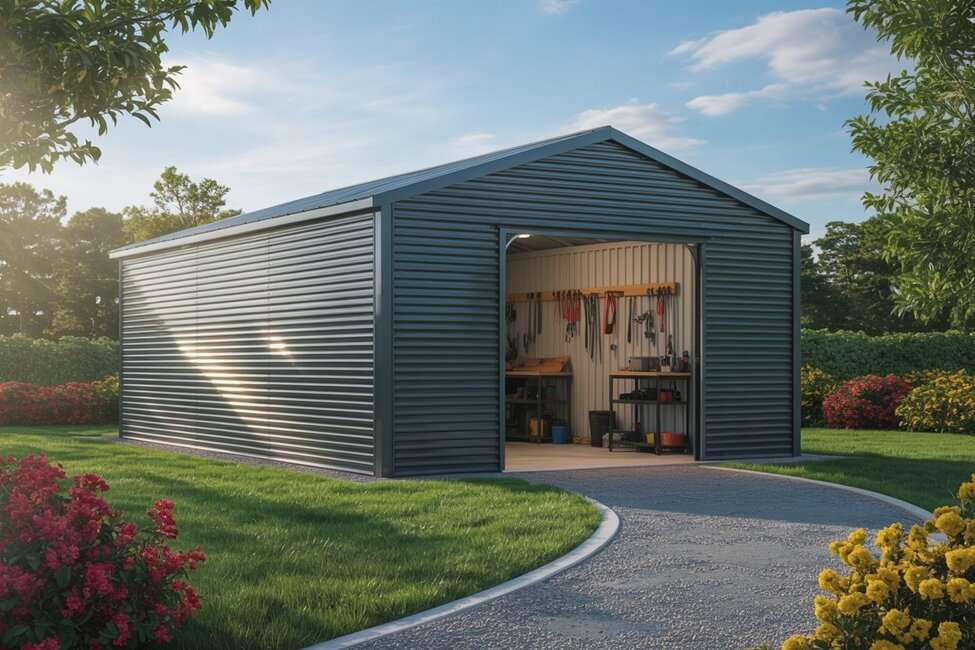When choosing between prefab steel garages and traditional construction, homeowners need to evaluate durability, cost, installation time, and maintenance requirements. Steel prefabricated options typically offer 40-50% faster installation, lower long-term maintenance costs, and superior weather resistance compared to wood or brick alternatives. Traditional garages provide classic aesthetics and familiar construction methods but require more extensive maintenance and professional installation. This comprehensive comparison examines both approaches to help you make an informed decision based on your specific needs, budget, and property requirements.
Homeowners without existing garages have multiple construction options when expanding their property. Prefab metal buildings present one pathway, while traditional building materials offer another viable solution. Each approach brings distinct advantages and potential drawbacks worth examining carefully.
Understanding the key differences between conventional construction and prefabricated steel alternatives helps inform your decision. Cost considerations, installation timeframes, and long-term durability vary significantly between these two approaches. Weather resistance capabilities also differ depending on the materials and construction methods chosen according to industry standards from the Metal Building Manufacturers Association.
Making an informed choice requires weighing multiple factors specific to your situation and needs. Property layout, local building codes, and budget constraints all influence the best option. The following comparison examines both approaches to help guide your metal garage addition project.
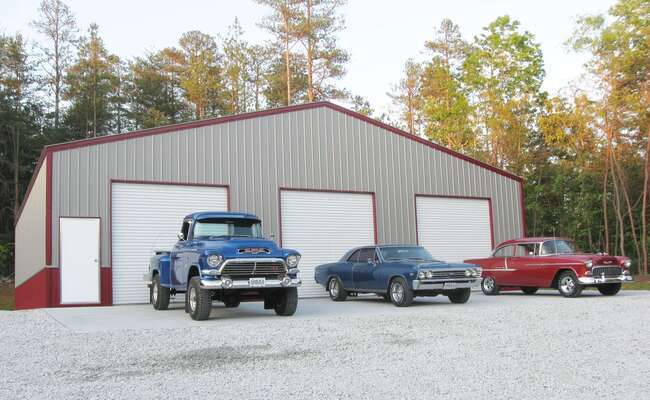
Conventional Garage Construction: Advantages
Standard garages utilize materials like wood, brick, or concrete for their foundation and framework. These construction approaches offer several noteworthy benefits that appeal to many property owners seeking custom metal buildings alternatives.
Timeless Aesthetic Appeal
Many homeowners gravitate toward the natural appearance of stone or wooden structures. This preference often drives their decision to choose conventional building materials over prefabricated metal garages. The classic visual charm complements traditional home designs and neighborhood architectural styles effectively.
Solid Structural Integrity
While requiring more frequent maintenance compared to other materials, traditional construction delivers reliable durability. These structures provide dependable protection when properly maintained and constructed according to building standards developed by organizations like the National Institute of Standards and Technology. Regular upkeep ensures the garage remains structurally sound for extended periods of use.

Conventional Garage Construction: Disadvantages
While traditional building materials offer certain benefits, several significant drawbacks deserve careful consideration. These limitations can impact both immediate construction costs and long-term ownership expenses for those considering alternatives to buy prefab steel buildings.
Vulnerability to Environmental Threats
Traditional materials provide minimal resistance against mold growth, pest infestations, and fire damage. When these issues occur, they often result in costly repairs and extensive structural remediation. Wood and similar materials create favorable conditions for moisture retention and insect activity, issues that don’t typically affect metal buildings constructed with modern steel alloys.
Professional Installation Requirements
Most homeowners lack the specialized skills needed for conventional garage construction projects. Hiring qualified contractors increases overall project costs and extends completion timeframes significantly. Complex foundation work and structural framing typically require professional expertise and proper licensing, following OSHA safety standards for steel erection.
Extended Construction Timeline
Building with traditional materials demands considerable time investment and physical effort from property owners. The process involves multiple construction phases that can stretch over weeks or months. Weather delays and material delivery schedules often extend project completion dates further, unlike prefab metal garages that arrive ready for assembly.
Ongoing Maintenance Demands
Conventional materials struggle against weather exposure and require frequent upkeep to maintain structural integrity. Temperature fluctuations cause expansion and contraction cycles that lead to cracking and deterioration. Regular painting, sealing, and repair work becomes necessary to prevent long-term damage, research from University of Florida’s structural engineering program confirms.
Limited Long-Term Durability
Traditional construction materials generally offer shorter lifespans compared to modern alternatives available today. This reduced durability can impact property value and require earlier replacement or major renovations compared to steel alternatives you can buy prefab metal buildings with extended warranties.
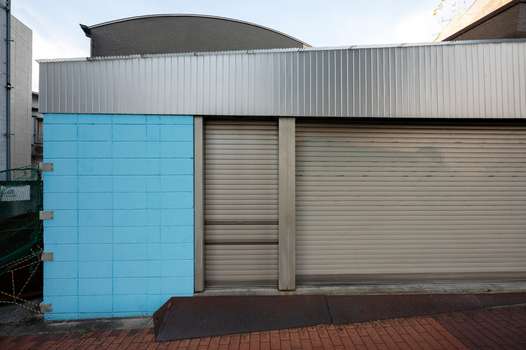
Prefabricated Metal Garages
Steel prefabricated garages deliver numerous advantages that conventional building materials cannot match effectively. These structures offer superior functionality and performance characteristics for modern property owners, as documented by the Metal Construction Association.
Extensive Design Flexibility
Metal prefabricated garages provide exceptional customization options to suit individual property requirements perfectly. Homeowners can select specific dimensions, architectural styles, and structural configurations that complement existing buildings. Additional features like extra windows, doors, insulation systems, and ventilation can be integrated seamlessly into buy prefab metal garages designs.
Superior Durability and Construction Quality
Steel construction offers outstanding longevity compared to traditional building materials used in garage construction. Metal structures resist damage from environmental factors more effectively than wood or masonry alternatives. Advanced steel alloys provide enhanced protection against rust, corrosion, and structural deterioration over time, according to research from Michigan Tech’s structural building programs.
Attractive Visual Appeal
Modern metal garages can be customized to match your home’s architectural style through various finishing options. Custom end walls using siding, stone, or wood materials create seamless integration with existing structures. Multiple design styles and shapes allow homeowners to achieve their desired aesthetic appearance effectively with metal carports and garage combinations.
Reduced Overall Costs
Prefabricated construction involves manufacturing all components in controlled factory environments before delivery to properties. This process eliminates on-site drilling, welding, and cutting operations that increase traditional construction labor expenses. Lower lifetime maintenance requirements result in significant long-term cost savings for property owners choosing buy prefab steel garages over conventional alternatives.
Rapid Installation Process
Ready-to-assemble components significantly reduce construction timeframes compared to conventional building methods used today. Smaller structures can often be completed within a single weekend with proper planning. Streamlined assembly processes minimize disruption to daily routines and property usage during construction, making Prestige Steel Structures installations highly efficient.
Environmental Sustainability
Steel materials offer excellent recyclability without compromising structural strength or performance characteristics over multiple uses. Metal construction generates less waste compared to brick or wood building processes. Damaged or unusable traditional materials create disposal challenges that steel construction effectively eliminates, supporting findings from American Iron and Steel Institute sustainability research.
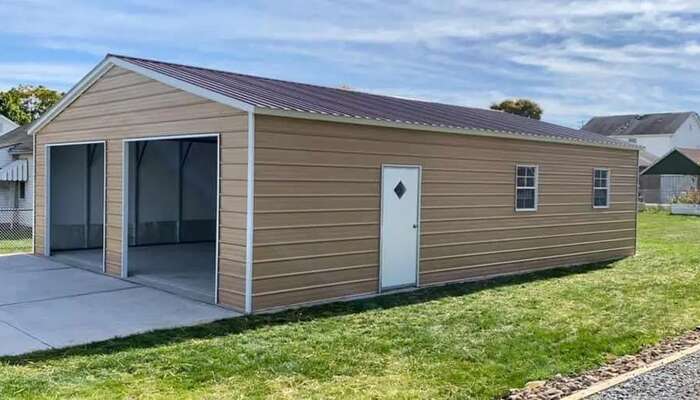
Prefabricated Metal Garages: Potential Drawbacks
While steel construction offers many benefits, one important consideration requires careful evaluation before proceeding with your project.
Interior Climate Control Challenges
Cold climate regions may experience lower interior temperatures during winter months in metal structures. Temperature-sensitive items like vehicles or stored belongings might require additional insulation or heating solutions, as noted by University of Toronto’s structural engineering research.
Conclusion
Choosing between prefabricated metal garages and traditional construction ultimately depends on your specific priorities and circumstances. Steel options excel in durability, cost-effectiveness, and rapid installation, while conventional materials offer timeless aesthetics and familiar construction methods.
Property owners seeking long-term value and minimal maintenance will find steel garages provide superior performance and sustainability benefits. Those prioritizing classic appearance and traditional craftsmanship may prefer conventional construction despite higher maintenance requirements and extended build times, according to studies from University of Colorado’s structural engineering programs.
Frequently Asked Questions
What permits do I need before building a garage on my property?
Most areas require building permits for garage construction. Contact your local building department to determine specific requirements and obtain necessary approvals before starting your project.
How do I prepare the foundation site for a new garage?
Site preparation involves leveling the ground, excavating for footings, and ensuring proper drainage. Professional site assessment helps determine soil conditions and foundation requirements for your location, following guidelines from University of Minnesota’s structural engineering department.
Can I add electrical wiring and plumbing to my garage during construction?
Yes, electrical and plumbing systems can be installed during construction. Plan these utilities early and hire licensed professionals to ensure code compliance and safety standards.
What size garage should I choose for my vehicles and storage needs?
Standard single-car garages measure 12×20 feet, while two-car garages typically require 20×20 feet minimum. Consider your vehicle sizes and additional storage requirements when selecting dimensions.
How do weather conditions affect garage construction timelines and scheduling?
Extreme temperatures, rain, and snow can delay construction progress significantly. Steel prefab installations are less weather-dependent than traditional construction methods requiring concrete curing time.

